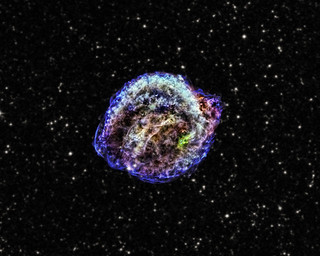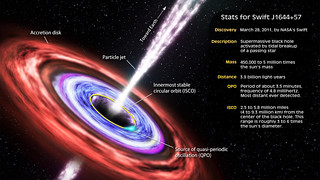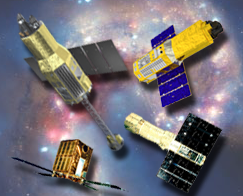Suzaku ‘Post-mortem’ Yields Insight into Kepler’s Supernova

Credit: X-ray: NASA/CXC/NCSU/M.Burkey et al.; optical: DSS
An exploding star observed in 1604 by the German astronomer Johannes Kepler held a greater fraction of heavy elements than the sun, according to an analysis of X-ray observations from the Japan-led Suzaku satellite. The findings will help astronomers better understand the diversity of type Ia supernovae, an important class of stellar explosion used in probing the distant universe.
“The composition of the star, its environment, and the mechanism of the explosion may vary considerably among type Ia supernovae,” said Sangwook Park, an assistant professor of physics at the University of Texas at Arlington. “By better understanding them, we can fine-tune our knowledge of the universe beyond our galaxy and improve cosmological models that depend on those measurements.”
The best way to explore the star’s makeup is to perform a kind of post-mortem examination on the shell of hot, rapidly expanding gas produced by the explosion. By identifying specific chemical signatures in the supernova remnant, astronomers can obtain a clearer picture of the composition of the star before it blew up.




